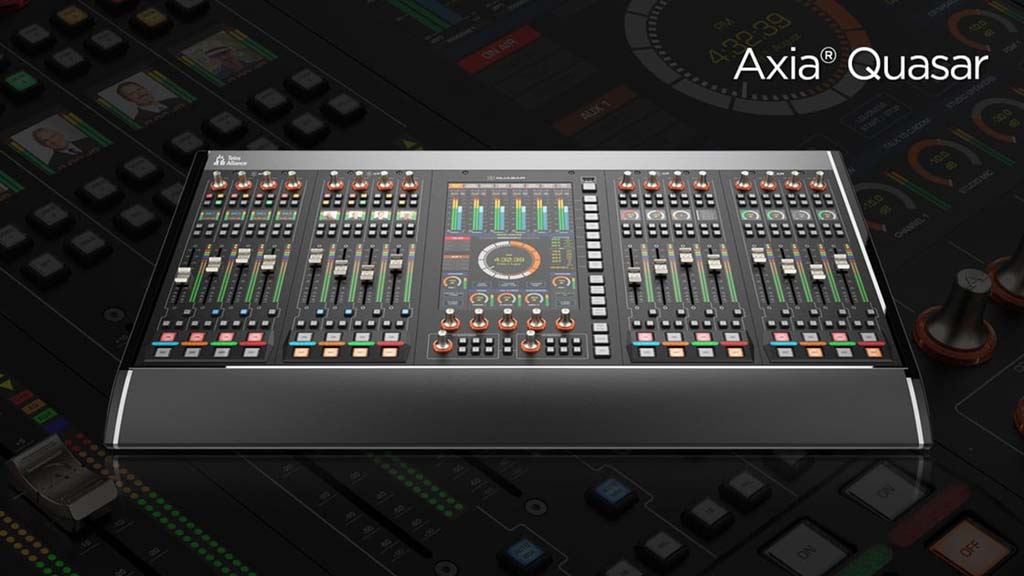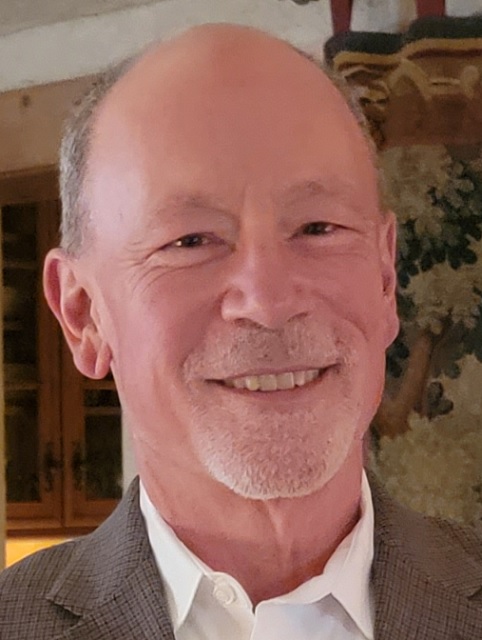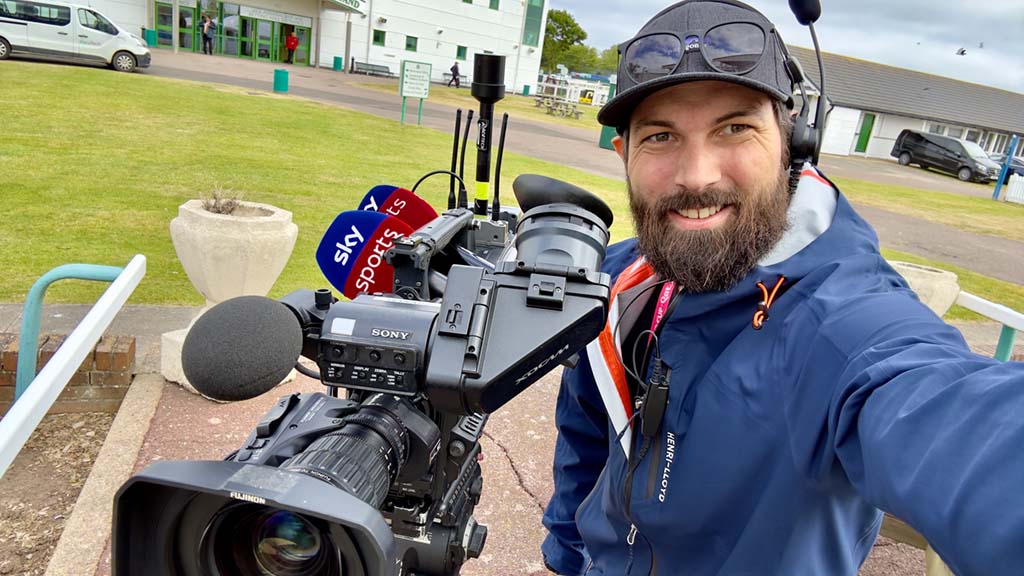Telos Alliance To Showcase Quasar V3.2 AoIP Software at NAB Show
Company expected to make new release for Quasar XR, SR consoles available via channel partners next month

CLEVELAND—Telos Alliance announced a software update for its Axia Quasar XR and SR line of audio-over-IP (AoIP) mixing consoles and will show the offering at the 2025 NAB Show, April 5-9, in Las Vegas.
Quasar V3.2 offers several improvements for Quasar Soft, the optional HTML5 browser-based remote-control solution for XR and SR consoles. Prior to the update, control was available only with hardware surfaces, the company said.
Quasar Soft users now can use Call Control to operate their Telos VX broadcast telephone systems and Intercom Control to manage a Telos Infinity intercom system. The update also adds 32 user-programmable hot keys in the full monitor section, as well as four user-programmable hot keys on each channel strip to control external devices. The benefits also extend to Quasar Engine RPS, which uses Quasar Soft to control connected surfaces or to create a standalone mixer without the need for a hardware surface, it said.
“Our goal is to provide the same features and user experience to all Axia Quasar users whether they are mixing on a physical XR or SR console, employing Quasar Soft to control a hardware surface, or using Quasar Soft as a standalone mixer,” Telos Alliance senior product manager Luca LaRosa said.
“The Quasar V3.2 update bridges the gap between the hardware and soft surface experience, allowing customers to choose the platform that works best for them, knowing that the features and capabilities they expect will be there.”
Quasar Soft also offers new slider-type faders and dynamic scaling of the browser window, providing an improved interface and user experience with less scrolling, particularly on smaller monitors, tablets and mobile devices, it said.
The company said it expects to become available March 31 from Axia channel partners.
Get the TV Tech Newsletter
The professional video industry's #1 source for news, trends and product and tech information. Sign up below.
See Telos Alliance at 2025 NAB Show booth N721.
More information is available on the company’s website.
Phil Kurz is a contributing editor to TV Tech. He has written about TV and video technology for more than 30 years and served as editor of three leading industry magazines. He earned a Bachelor of Journalism and a Master’s Degree in Journalism from the University of Missouri-Columbia School of Journalism.

